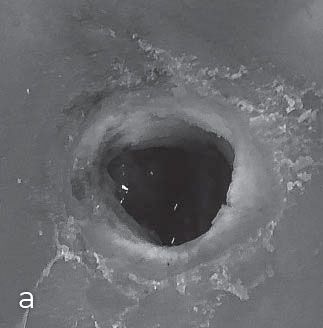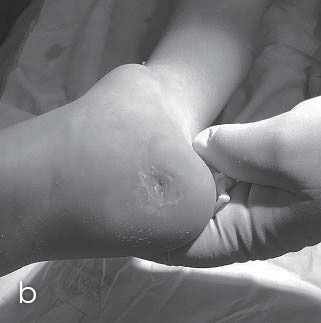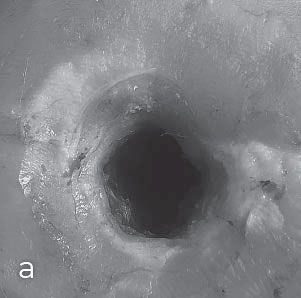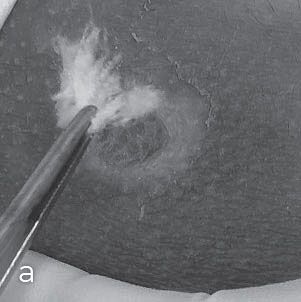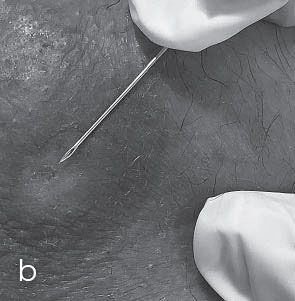Goal. Evaluate the possibility of using borate glass material in the treatment of trophic wounds in children with myelodysplasia.
Materials and methods. Data on 3 children who underwent surgery for spinal hernias in the neonatal period are presented. All children due to myelodysplasia had impaired trophism of the lower extremities, which led to severe healing of wounds or bedsores. Bioactive borate glass "Mirragen" made in the USA for the treatment of trophic wounds in these children was offered by Medivo Medical Center.
Results. The use of bioactive borate glass in the treatment of trophic wounds in children with myelodysplasia was effective. Deep wounds completely healed without complications within 8 weeks, and superficial wound-bedsores - within 5 weeks. The wounds gradually epithelialized both from the depths and from the periphery at a rate of up to 12–15% of the area per week. No adverse general or local reaction to borate glass was observed in patients.
Conclusions. The temporary biomaterial framework from borate glass provides the necessary form for formation of new fabrics and promotes fast healing of wounds. The use of bioactive borate glass is a cost-effective and effective method of treating trophic wounds in children with myelodysplasia.
Key words: bioactive borate glass; wounds that are difficult to heal; children.
